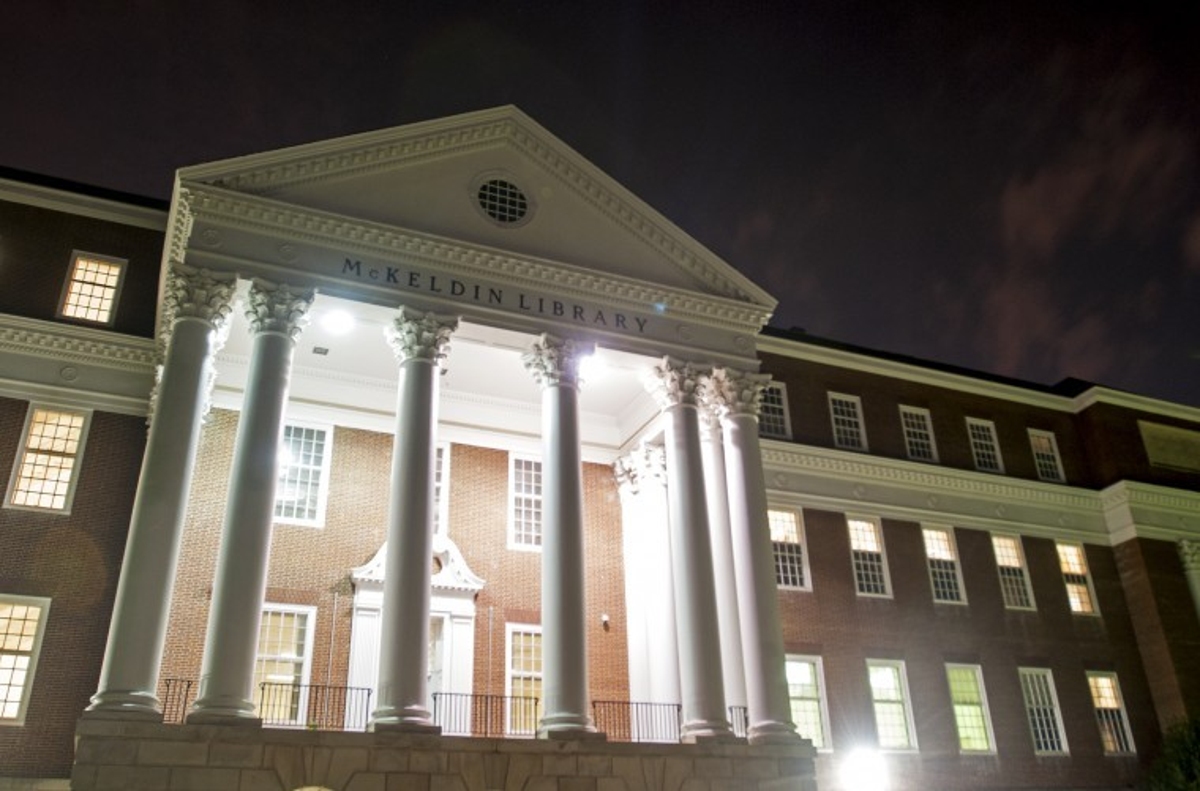The University of Maryland has become the latest member of the Baltimore Collegetown Network, a nonprofit organization that aims to attract, engage and retain students in the Baltimore area.
This university is the network’s newest member in nine years, joining 13 other institutions.
As a part of this network, students at this university will be able to attend classes without paying additional tuition and use the libraries at other member institutions, such as Johns Hopkins University and Loyola University Maryland.
Students at other colleges in the network can also attend classes at this university.
Vice President for Student Affairs Linda Clement, who is on the network’s governing board, said that the procedures for enrolling into other universities’ classes or having other students enroll at this university are still being worked out.
Students can also apply to be in the network’s LeaderShape Program, Clement said. The year-long program allows students to identify an area of interest, varying from health care to K-12 education, connect with various local professionals in that field, and work on related projects or service experiences.
“We’re trying to get students who want to make a difference in the world get started here in Baltimore,” said Kristen Campbell McGuire, executive director of the Baltimore Collegetown Network.
“Over the course of the years, students have created a network to improve life in Baltimore,” Campbell McGuire added. “Frequently then they will continue on those projects long after they’ve left the program”
Mira Coffey, a sophomore elementary education major at Goucher College who is in the LeaderShape program now, said she welcomes the addition of this university to the organization, adding “the more the merrier.”
As an out-of-state student, Coffey said the program has allowed her to connect with other students in her community, making her feel more at home.
“This experience has made Maryland feel more like a home instead of just someplace I go to school,” Coffey said. “I have friends at schools all around the community and have heard countless stories of other people’s experiences, which has opened my eyes. It’s been a life changing experience.”
Prior to becoming part of the Baltimore Collegetown Network, this university already worked closely with the University of Maryland, Baltimore, through the MPowering the State initiative, which facilitates academic and research collaboration between the two campuses.
“Because we’ve been doing MPower, we’re spending more time and resources in Baltimore, and it allows for closer connection with higher education in the city,” Clement said, adding that being part of the network broadens opportunities for students.
Campbell McGuire said members of the network’s governing board noticed this university’s involvement and presence in Baltimore, and they wrote a letter of inquiry to University President Wallace Loh last year asking if it made sense for this university to join the organization.
Four other University System of Maryland institutions are part of the network, including UMB, University of Baltimore, Towson University and University of Maryland, Baltimore County.
“By campuses working together, we can help students have more opportunity to take classes, to go to events, be involved in the life of their community because they’ll have many more opportunities than what a single campus can offer,” Campbell McGuire said.



